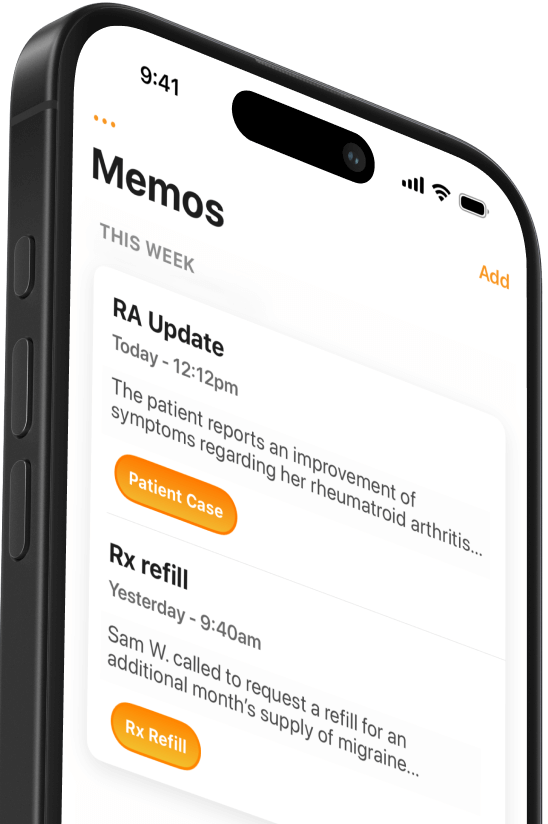Can Healthcare Technology Solve Physician Burnout?
There’s a lot of hope that healthcare technology will improve physician wellbeing—but what's hype vs. an actual solution?


Popular articles
Physician burnout remains stubbornly high. According to a 2025 Medscape survey, nearly half of doctors still grapple with burnout or depression. There’s a lot of hope that healthcare technology will save the day—but how much of the latest AI technology is hype vs. an impactful solution?
Where the Data Supports Healthcare Technology
Despite understandable skepticism, there is compelling evidence that emerging technology can reduce burnout and improve physician wellbeing. Many studies highlight AI-powered tools—especially ambient scribes—as promising interventions.
Take a recent Stanford Health Care study that followed 48 physicians using ambient AI scribes over three months. Doctors using the technology reported less task load and burnout.
Industry surveys echo research findings. For example, a recent report by Phyx Primary Care found that providers using an ambient AI scribe spent 41% less time taking clinical notes and 27% less time on documentation overall. Doctors using the AI notes assistant spent more time with patients, felt less burnt out, and said they were more satisfied with their practice.
These examples suggest that healthcare technology can ease pain points that have long frustrated physicians. But history reminds us that implementation matters.
Lessons from the EHR Era
It wasn’t so long ago that healthcare faced a technology revolution similar in scope to AI: electronic health records. EHRs were supposed to make life easier, but they became one of the top drivers of burnout. Many providers still feel burned by EHRs, which they say were designed without clinician input and implemented with little regard for real-world workflows.
EHR usability has improved, but the healthcare documentation problem hasn’t disappeared. One 2023 study found that time spent in the EHR has actually increased over the past five years.
The lesson? Technology alone won’t fix burnout. If we want AI and other emerging healthcare technologies to succeed, we need to evaluate them based on actual physician needs.
Moreover, even the best tech solutions won’t reduce burnout if incentives are poorly aligned. As Susana Gallini writes in a Harvard Business School article, efficiency gains will only translate into provider wellbeing if payment models reward quality over quantity.
Four Questions to Ask About New Tech
Not every new app or AI solution will support better care. Before adopting a tool, healthcare organizations can ask:
- Was this designed with input from physicians and staff?
- Does it reduce cognitive or clerical workload—or just shift it?
- Is it interoperable with existing EHR systems?
- How will we measure its impact on time, satisfaction, and care quality?
The AMA’s Digital Health Implementation framework is a great resource. It emphasizes that physician-centered design is one of the best ways to ensure that healthcare technology truly helps the people using it.
The Bottom Line
Healthcare technology won’t solve burnout alone—but there’s evidence that emerging tools can make a real difference. As ambient AI scribes and automation tools become more common, thoughtful implementation will help ensure they support—not hinder—physicians at work.
Related Articles


We Get Doctors Home on Time.
Contact us
We proudly offer enterprise-ready solutions for large clinical practices and hospitals.
Whether you’re looking for a universal dictation platform or want to improve the documentation efficiency of your workforce, we’re here to help.




